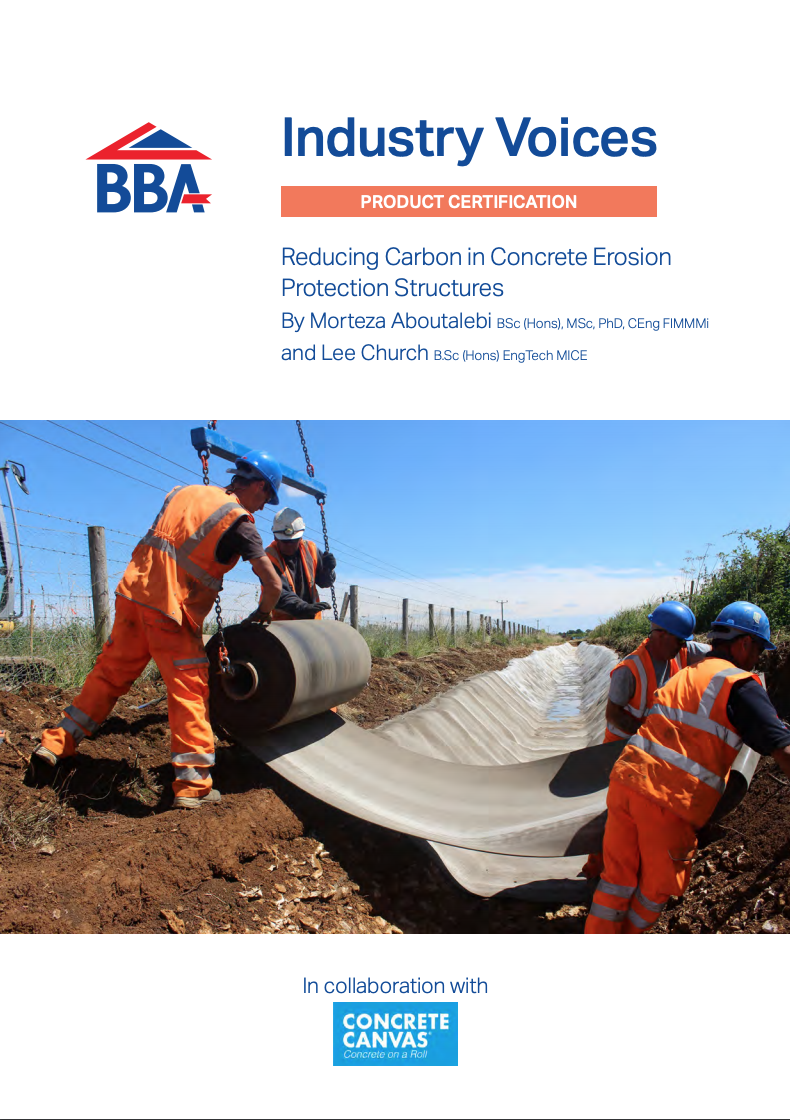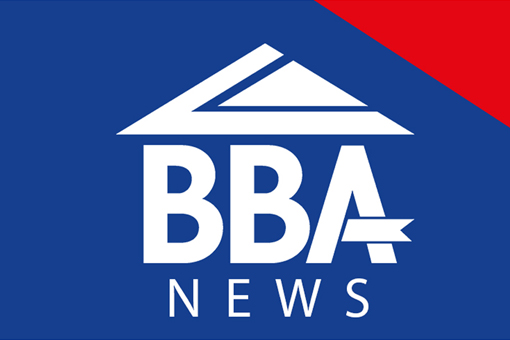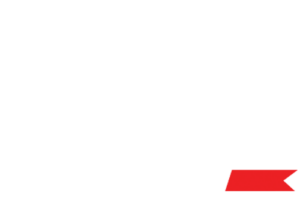Putting it to the test
Testing done for the Ronseal Trade Range
Testing done for the Ronseal Trade Range
The Ronseal brand enjoys a reputation for its products’ reliability, and when launching their new Trade Range, it was vital that they could prove their claims of quicker drying times and a long-lasting finish. Therefore, independent testing and assessments was needed before Ronseal could take this product to market.
Read below the tests that were undertaken to support Ronseal’s claim, and what you need to be aware of when testing paints and varnishes.
Test Regimes
The Ronseal Trade Range was subjected to a wide range of tests pertinent to each product’s usage (indoor or outdoor), and the substrates on to which either the manufacturer recommends, or the standard requires, they are applied (for example wood or metal).
Assessments included UV ageing to assess fading and colour changes; fungal resistance, abrasion and scrubbability, extensibility, tensile strength, cross-cutting, resistance to hard-body impacts, water vapour permeability, gloss, hardness, ease of overcoating, slip resistance etc.
“This was a large and challenging project due to the sheer number of test samples that had to be prepared, and it drew on the expertise of a multitude of people,” said David Durrant – BBA’s Senior Test Technician, who led the work. “We also had quite a tight deadline to work to. The testing team was highly diligent in meeting the requirements of this deadline while also ensuring the work was carried out with the precision and due diligence that is expected of the BBA.”
All tests were carried out under carefully controlled and defined conditions to precise and exacting standards. Sample substrates were coated with the product, either single coats or multi coats, in line with the manufacturer’s recommendations. The range of testing included, but was not limited to:
Extensibility: Aluminum strips coated with relevant Ronseal products were stretched by up to 15% to assess peeling and delamination. This test was carried out in accordance with MOAT 33: 1986 The Assessment of Masonry Coatings, Section 3.3.1.1 Extensibility and performed on aluminium strips as specified in BS 1470:1972 Specification for Wrought Aluminum and Aluminum Alloys for General Engineering Purposes – Plate, Sheet and Strip.
UV (visual assessment): Indoor product samples received continuous UV ageing for 1008 hours using UVA-351 lamps at 50°C. A visual assessment comparison was then conducted on the aged and unnamed specimens.
Outdoor product samples were tested in accordance with BS EN 927-6: 2006 Paints and Varnishes – Coating materials and coating systems for exterior wood. Part 6: Exposure of wood coatings to artificial weathering using fluorescent UV lamps and water. Section 6.3.1 Exposure cycle – Table 2. Samples received 12 cycles of the following exposure: Condensation – 24 hours at (45±3)°C; UV – Continuous UV ageing using UVA-340 lamps at (60±3)°C for 2.5 hours irradiance set point 0.89W·m-2nm-1 at 340 nm; Spray – 0.5 hours spray at 6 l·min-1 to 7 l·min-1. They were measured for colour change using a spectrophotometer, in accordance with BS 3900: 1986 Part D9 Determination of colour and colour difference measurement.
Chalking: In accordance with BS EN ISO 4628-6:2011 Paints and Varnishes. This test evaluated the degradation of coatings and designated the quantity and size of defects and intensity of uniform changes in appearance. The ‘tape method’ was used to assess the degree of chalking.
Blistering: This test also evaluated the degradation of coatings and designated the quantity and size of defects and intensity of uniform changes in appearance, in accordance with BS EN ISO 4628-2:2003 Paints and Varnishes.
Cracking: The degradation of coatings and designated quantity and size of defects and intensity of uniform changes in appearance were assessed in accordance with BS EN ISO 4628-4:2003 Paints and Varnishes.
Flaking: Part 5 of BS EN ISO 4628-5:2003 Paints and Varnishes was utilised to assess the degree of flaking, evaluating the degradation of coatings and designated quantity and size of defects and intensity of uniform changes in appearance.
Water vapour transmission: Test specimens prepared by BBA technicians in accordance with the manufacturer’s instructions were assessed in accordance with BS EN ISO 7783:2011 Paints and Varnishes to determine water vapour transmission properties using the Cup method (the specimens were not soaked/dried).
Scratching: To determine scratch resistance, samples were tested in accordance with BS EN ISO 1518-1 2011 Paints and Varnishes using a constant load method.
Blocking: This test evaluates a coating’s ability to resist sticking to another surface and/or resists a change in appearance when pressed against another surface for a specified time. It was carried out in accordance with PD CEN/TS 16499:2013 Paints and Varnishes, which applies to coating materials and systems for exterior wood. Samples were placed under load and then assessed after one hour of the load being removed.
Tack free time: Using BS EN ISO 9117-3:2010 Paints and Varnishes, the surface drying characteristics of samples were assessed.
Resistance to spotting: Bleach, kitchen/bathroom cleaner, red wine and juice were some of the liquids applied to test samples for one hour and 24 hours to assess resistance to spotting. Method A (horizontal test panel) of BS EN ISO 2812-2:2007 was used.
Hard body impact: The surface of the coating was stained post-impact to highlight any cracking and the diameter of impact. This test was carried out in accordance with MOAT 43:1987 UEAtc Directive for Impact Testing Opaque Vertical Building Components.
Scrubbability: Each test sample was subjected to 320 cycles of scrubbing at a test speed of 30 cycles per minute with a soap solution and an abrasive paste. Visual analysis was carried out via a viewing cabinet under D65 daylight lamps.
The Result
Ronseal Senior Product Manager Chris Morgan said:
“BBA Certification and testing is an important part of our on-going trade strategy. Its major benefit is that our claims are tested and verified by an independent body, delivering the trust and reassurance our trade customers seek when picking a product. Their reputation and quality of work is critical for on-going success, and Ronseal is the only woodcare brand to have BBA Certification across its full range of products. All BBA Certificated products carry the BBA logo and reference on the back of packs.”
BBA’s expert Test Services can provide a range of test solutions to meet your paint and varnish testing needs, helping you and your clients understand the characteristics and behaviour when used in real-world applications.
Share This Story, Choose Your Platform!
Related Case Studies
Putting it to the test
Testing done for the Ronseal Trade Range
Testing done for the Ronseal Trade Range
The Ronseal brand enjoys a reputation for its products’ reliability, and when launching their new Trade Range, it was vital that they could prove their claims of quicker drying times and a long-lasting finish. Therefore, independent testing and assessments was needed before Ronseal could take this product to market.
Read below the tests that were undertaken to support Ronseal’s claim, and what you need to be aware of when testing paints and varnishes.
Test Regimes
The Ronseal Trade Range was subjected to a wide range of tests pertinent to each product’s usage (indoor or outdoor), and the substrates on to which either the manufacturer recommends, or the standard requires, they are applied (for example wood or metal).
Assessments included UV ageing to assess fading and colour changes; fungal resistance, abrasion and scrubbability, extensibility, tensile strength, cross-cutting, resistance to hard-body impacts, water vapour permeability, gloss, hardness, ease of overcoating, slip resistance etc.
“This was a large and challenging project due to the sheer number of test samples that had to be prepared, and it drew on the expertise of a multitude of people,” said David Durrant – BBA’s Senior Test Technician, who led the work. “We also had quite a tight deadline to work to. The testing team was highly diligent in meeting the requirements of this deadline while also ensuring the work was carried out with the precision and due diligence that is expected of the BBA.”
All tests were carried out under carefully controlled and defined conditions to precise and exacting standards. Sample substrates were coated with the product, either single coats or multi coats, in line with the manufacturer’s recommendations. The range of testing included, but was not limited to:
Extensibility: Aluminum strips coated with relevant Ronseal products were stretched by up to 15% to assess peeling and delamination. This test was carried out in accordance with MOAT 33: 1986 The Assessment of Masonry Coatings, Section 3.3.1.1 Extensibility and performed on aluminium strips as specified in BS 1470:1972 Specification for Wrought Aluminum and Aluminum Alloys for General Engineering Purposes – Plate, Sheet and Strip.
UV (visual assessment): Indoor product samples received continuous UV ageing for 1008 hours using UVA-351 lamps at 50°C. A visual assessment comparison was then conducted on the aged and unnamed specimens.
Outdoor product samples were tested in accordance with BS EN 927-6: 2006 Paints and Varnishes – Coating materials and coating systems for exterior wood. Part 6: Exposure of wood coatings to artificial weathering using fluorescent UV lamps and water. Section 6.3.1 Exposure cycle – Table 2. Samples received 12 cycles of the following exposure: Condensation – 24 hours at (45±3)°C; UV – Continuous UV ageing using UVA-340 lamps at (60±3)°C for 2.5 hours irradiance set point 0.89W·m-2nm-1 at 340 nm; Spray – 0.5 hours spray at 6 l·min-1 to 7 l·min-1. They were measured for colour change using a spectrophotometer, in accordance with BS 3900: 1986 Part D9 Determination of colour and colour difference measurement.
Chalking: In accordance with BS EN ISO 4628-6:2011 Paints and Varnishes. This test evaluated the degradation of coatings and designated the quantity and size of defects and intensity of uniform changes in appearance. The ‘tape method’ was used to assess the degree of chalking.
Blistering: This test also evaluated the degradation of coatings and designated the quantity and size of defects and intensity of uniform changes in appearance, in accordance with BS EN ISO 4628-2:2003 Paints and Varnishes.
Cracking: The degradation of coatings and designated quantity and size of defects and intensity of uniform changes in appearance were assessed in accordance with BS EN ISO 4628-4:2003 Paints and Varnishes.
Flaking: Part 5 of BS EN ISO 4628-5:2003 Paints and Varnishes was utilised to assess the degree of flaking, evaluating the degradation of coatings and designated quantity and size of defects and intensity of uniform changes in appearance.
Water vapour transmission: Test specimens prepared by BBA technicians in accordance with the manufacturer’s instructions were assessed in accordance with BS EN ISO 7783:2011 Paints and Varnishes to determine water vapour transmission properties using the Cup method (the specimens were not soaked/dried).
Scratching: To determine scratch resistance, samples were tested in accordance with BS EN ISO 1518-1 2011 Paints and Varnishes using a constant load method.
Blocking: This test evaluates a coating’s ability to resist sticking to another surface and/or resists a change in appearance when pressed against another surface for a specified time. It was carried out in accordance with PD CEN/TS 16499:2013 Paints and Varnishes, which applies to coating materials and systems for exterior wood. Samples were placed under load and then assessed after one hour of the load being removed.
Tack free time: Using BS EN ISO 9117-3:2010 Paints and Varnishes, the surface drying characteristics of samples were assessed.
Resistance to spotting: Bleach, kitchen/bathroom cleaner, red wine and juice were some of the liquids applied to test samples for one hour and 24 hours to assess resistance to spotting. Method A (horizontal test panel) of BS EN ISO 2812-2:2007 was used.
Hard body impact: The surface of the coating was stained post-impact to highlight any cracking and the diameter of impact. This test was carried out in accordance with MOAT 43:1987 UEAtc Directive for Impact Testing Opaque Vertical Building Components.
Scrubbability: Each test sample was subjected to 320 cycles of scrubbing at a test speed of 30 cycles per minute with a soap solution and an abrasive paste. Visual analysis was carried out via a viewing cabinet under D65 daylight lamps.
The Result
Ronseal Senior Product Manager Chris Morgan said:
“BBA Certification and testing is an important part of our on-going trade strategy. Its major benefit is that our claims are tested and verified by an independent body, delivering the trust and reassurance our trade customers seek when picking a product. Their reputation and quality of work is critical for on-going success, and Ronseal is the only woodcare brand to have BBA Certification across its full range of products. All BBA Certificated products carry the BBA logo and reference on the back of packs.”
BBA’s expert Test Services can provide a range of test solutions to meet your paint and varnish testing needs, helping you and your clients understand the characteristics and behaviour when used in real-world applications.
Share This Story, Choose Your Platform!
Related Case Studies
Get in touch
Please complete the form below and we will contact you as soon as possible.
To help us to respond to your inquiry as quickly as possible, we have put a handy list of our services below.


